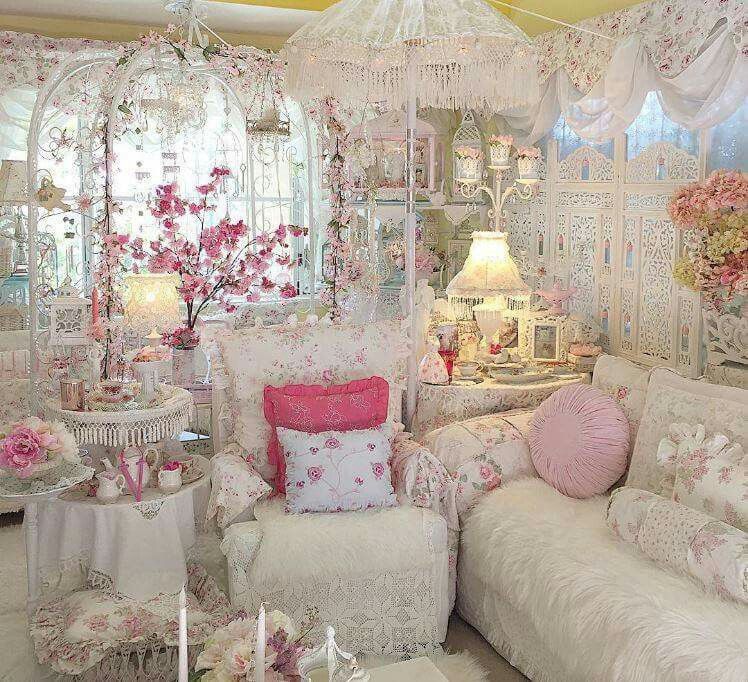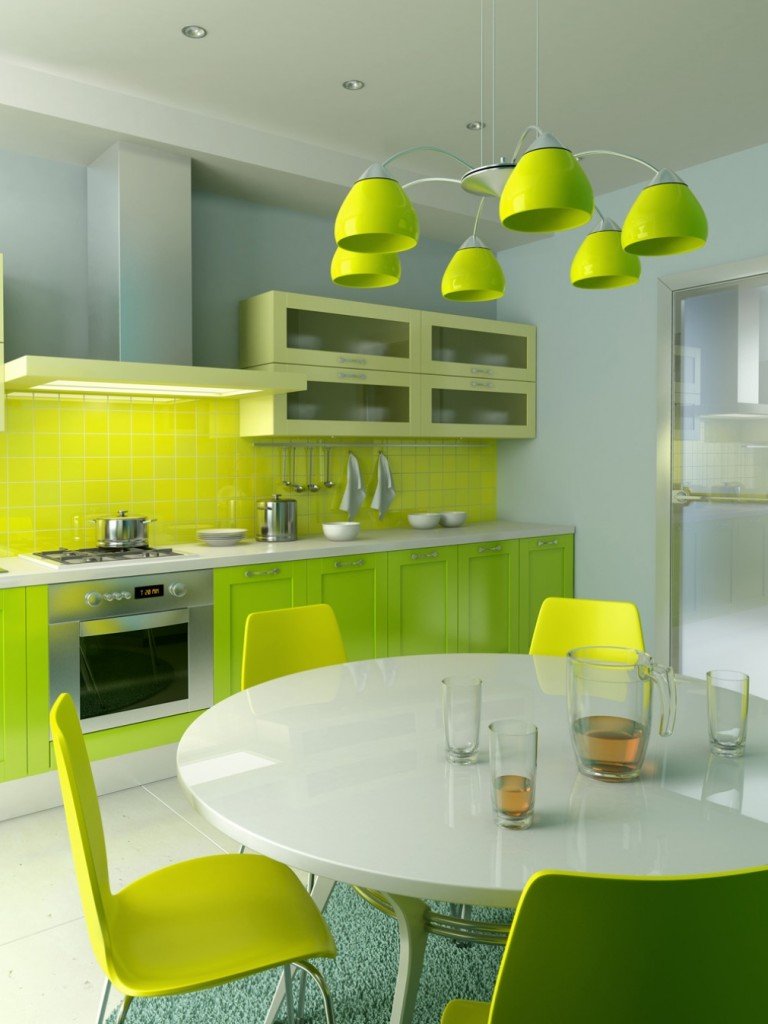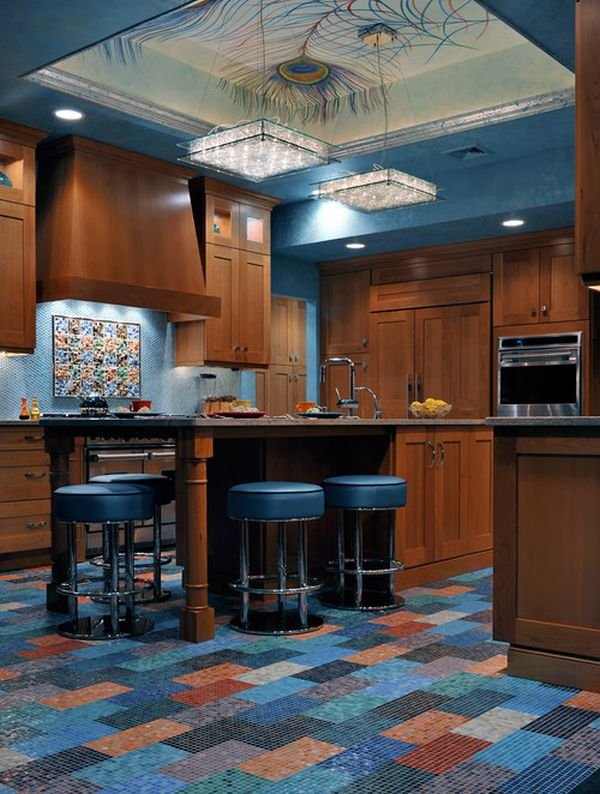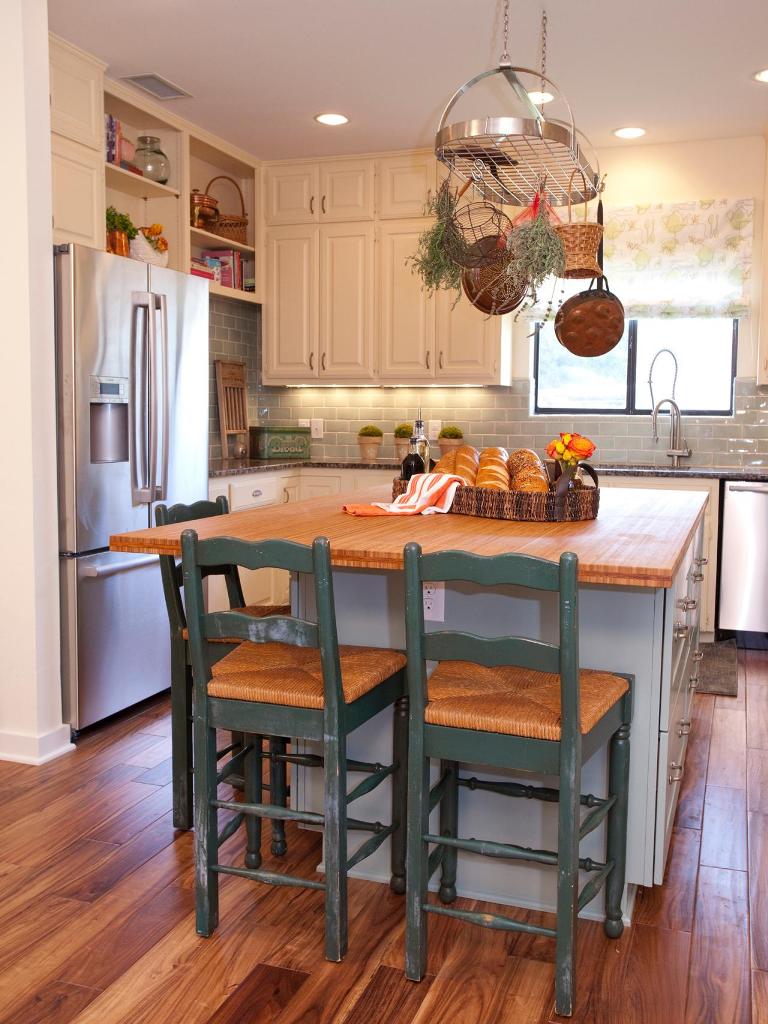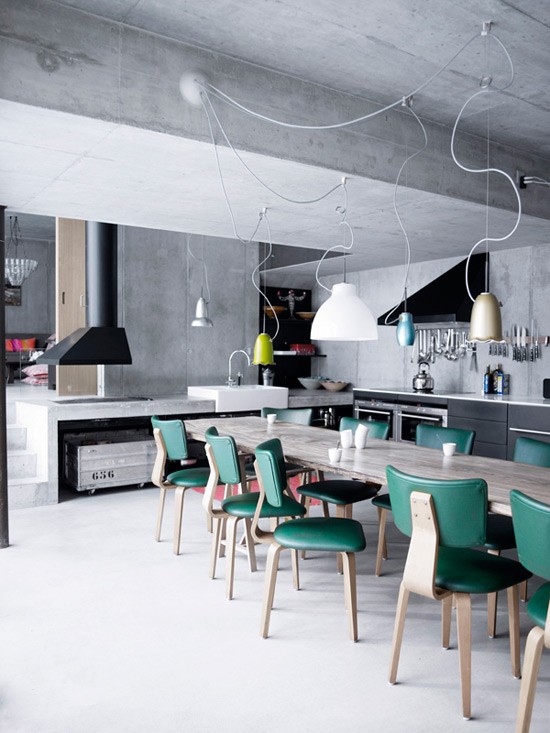If you’re a fan of old films and their interiors, one of the joys of curling up with a good movie is the chance to see how people lived way back when. Whether it’s a classic from the 1930s or a mid-century gem from the 1950s or early ’60s, the homes all invariably have one common element: wallpaper.
While we now refer to it as wallcovering, back then, virtually every vertical surface (and some horizontal ones too) were adorned with paper—the more outrageous, the better. From subtle prints and patterns to large-scale scenics and wildly colored designs, wallpaper was everywhere.

That is, until it wasn’t.
In the second half of the 20th century, wallpaper began to fade in residential design, replaced largely by paint, but also by paneling or larger windows (and televisions) that reduced the amount of interior wall space. The wallpaper and coverings industry suffered significant losses—a phenomenon reflected in the reduced floor space for these products in stores and showrooms.
There are numerous theories as to why this happened, but it was likely a combination of a desire for simpler, more minimalist interior designs and the reputation wallcoverings had (some would say justifiably) as something difficult to install and remove. Trend-spotters would occasionally predict the resurgence of wallcoverings, but most of these predictions turned out to be wishful thinking.
However, a funny thing happened along the way: Decorating and DIY-focused TV shows began to incorporate wallcoverings into their projects, first sporadically, then more frequently. The designs became more modern, aligning with prevailing tastes, and slowly, wallcoverings became an acceptable decorating alternative.
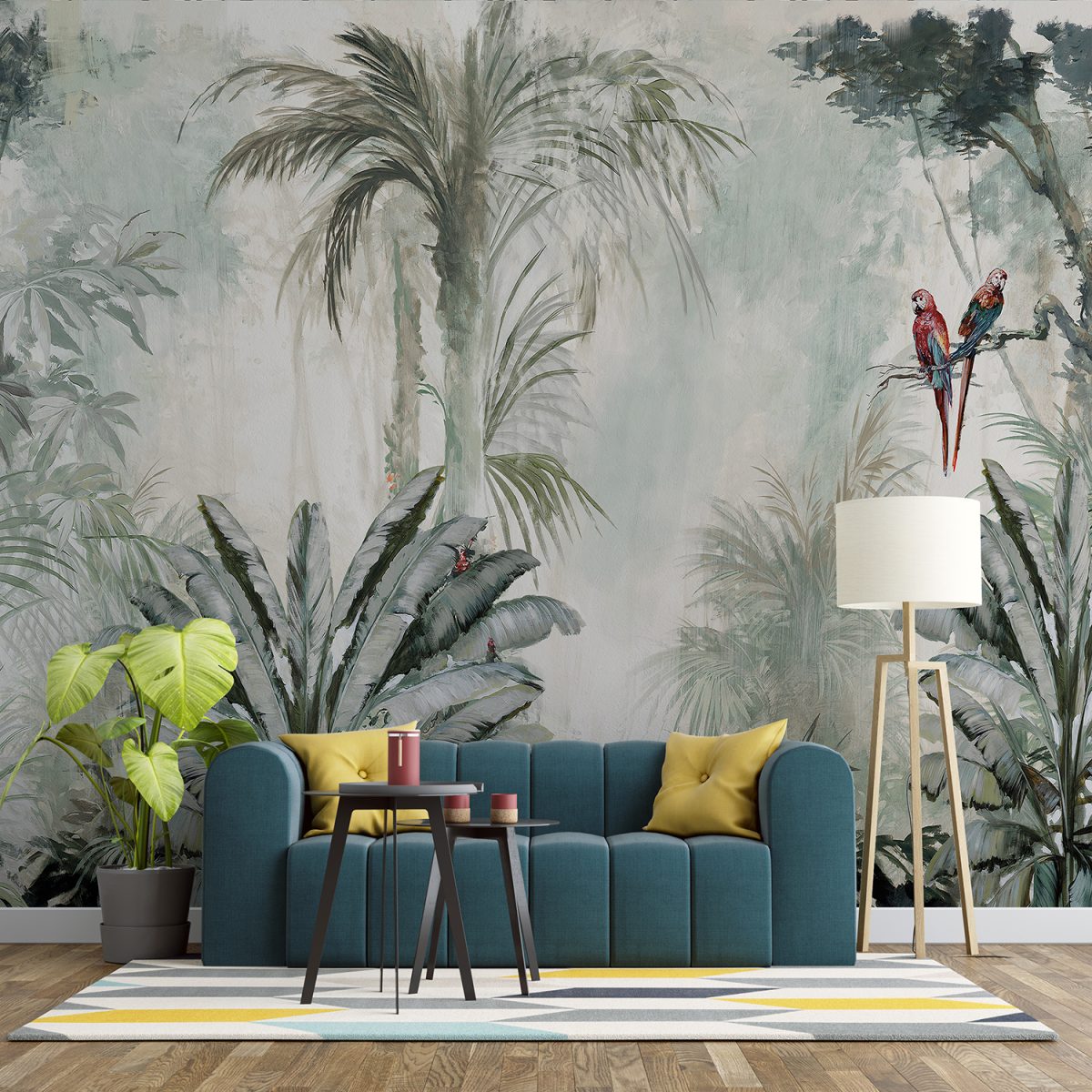
Even more importantly, wallcovering producers responded to consumer concerns about ease of use by introducing easier-to-apply (and remove) products that didn’t require extensive preparation.
Wallcoverings sales have begun to climb again, although still below peak levels of the past. In 2019, The Seattle Times proclaimed “Wallpaper Is the Comeback Story of 2019,” and Realtor Magazine ran a story titled “Wallpaper Makes Triumphant Return.” These aren’t just media hype; one study predicts that the global market for digitally printed wallpaper, which was over $2 billion in 2017, will reach $7.5 billion by 2026.
While wallcoverings remain more popular in Europe and Asia, the U.S. market has been growing. York Wallcoverings, a major supplier in the American market, reports a 20 percent year-over-year increase in business, largely due to e-commerce.
According to Carol Miller, York’s product marketing manager, the rise is fueled by a new, younger customer base unburdened by memories of the difficulties of wallpaper in the past. Changes in work culture, with more people working from home, have also contributed to the resurgence, as consumers realize the durability and versatility of wallcoverings.
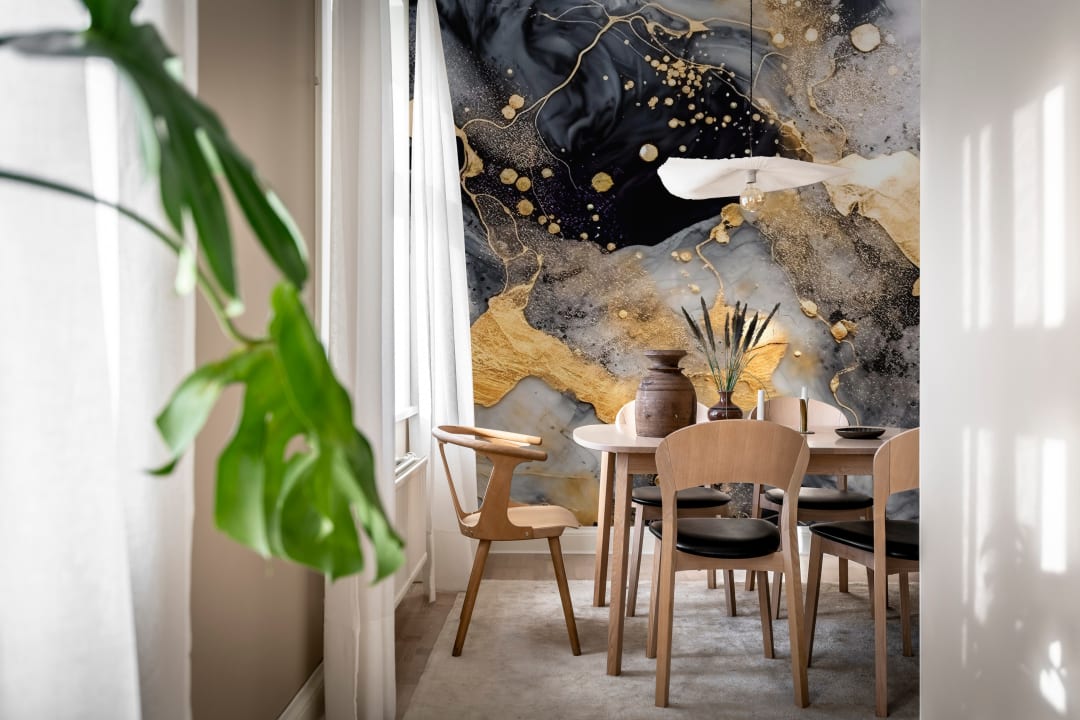
Wallcovering producers have also emphasized the environmental advantages of their products, with over 2,000 individual styles receiving sustainability certification from the Wallcoverings Association.
Additionally, modern pop culture has embraced wallpaper, with movies, TV, and advertising featuring it as a subtle backdrop in the arts.
The combination of these factors suggests that the long-rumored wallcoverings renaissance may finally be real—and when people talk about their wallpaper these days, they’re referring to the walls of their homes, not just the screens of their devices.



